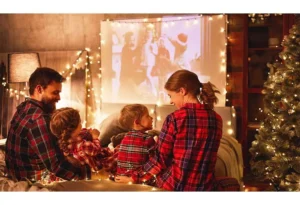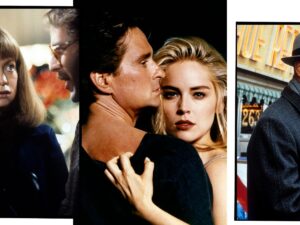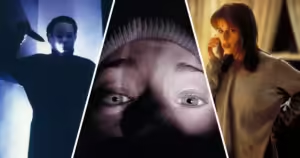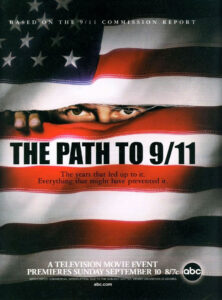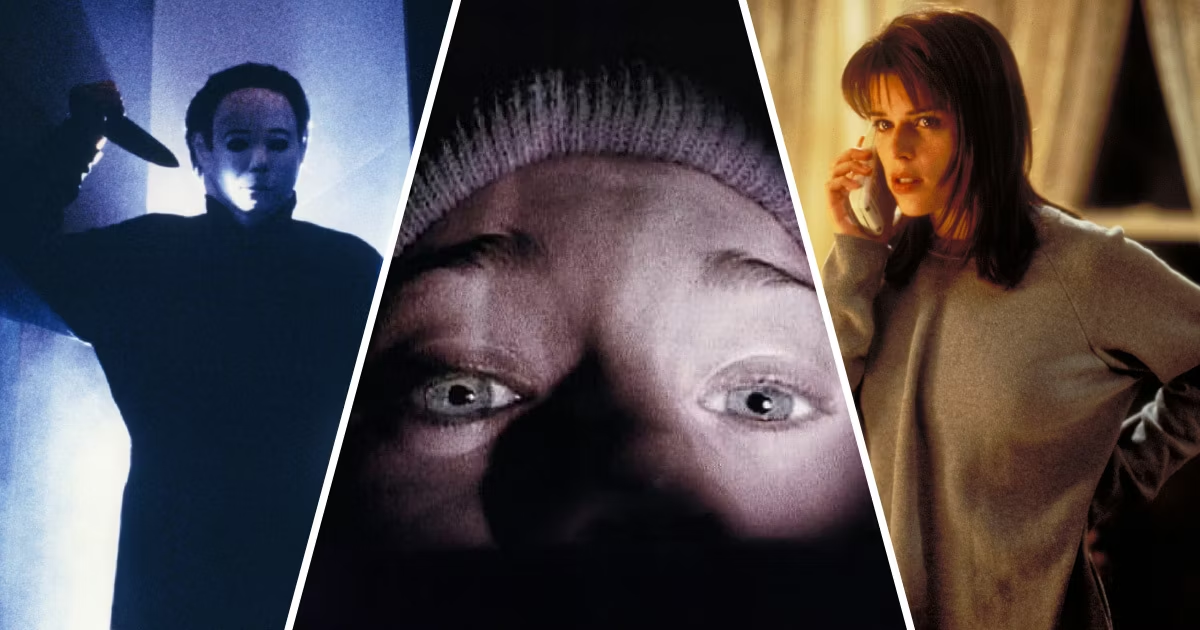
The 1990s was a transformative decade for horror films, blending the classic horror elements of the 80s with innovative storytelling and special effects. This era saw the rise of iconic franchises, the reimagining of traditional horror tropes, and the birth of some unforgettable cult classics. Let’s take a stroll down memory lane and revisit some of the most influential and memorable horror movies of the 90s.
The Rise of Meta-Horror: Scream (1996)
Wes Craven’s “Scream” redefined the horror genre with its self-referential script and a killer who was as much a fan of horror movies as the audience. Written by Kevin Williamson, “Scream” was both a homage to and a critique of slasher films, playing with genre conventions in a way that felt fresh and exhilarating. The film’s success spawned a franchise and inspired a wave of meta-horror films that followed.
Psychological Horror and Cult Classics
The 90s also brought psychological horror to the forefront, with films that delved into the minds of their characters and their audiences.
- The Silence of the Lambs (1991): Directed by Jonathan Demme, this film is a masterclass in psychological horror, featuring the chilling performances of Anthony Hopkins as Hannibal Lecter and Jodie Foster as Clarice Starling. Its blend of thriller and horror elements earned it five Academy Awards, including Best Picture.
- Jacob’s Ladder (1990): Directed by Adrian Lyne, this film presents a haunting portrayal of a Vietnam War veteran’s descent into madness. Its disturbing imagery and non-linear narrative structure have cemented it as a cult classic.
The Supernatural and the Macabre
Supernatural horror also thrived in the 90s, with films that explored ghostly apparitions, demonic possessions, and eerie atmospheres.
- The Sixth Sense (1999): M. Night Shyamalan’s breakout film is renowned for its twist ending and atmospheric tension. The story of a young boy who sees dead people captivated audiences and critics alike, becoming one of the highest-grossing horror films of all time.
- Candyman (1992): Directed by Bernard Rose and based on Clive Barker’s short story, this film explores themes of urban legend, race, and social inequality through the terrifying figure of the Candyman. Tony Todd’s portrayal of the titular character became iconic, and the film remains a staple of 90s horror.
The Revival of Gothic Horror
Gothic horror saw a resurgence in the 90s, with filmmakers revisiting classic tales and infusing them with modern sensibilities.
- Bram Stoker’s Dracula (1992): Directed by Francis Ford Coppola, this lavish adaptation of Bram Stoker’s novel starred Gary Oldman as Count Dracula. The film’s stunning visuals and strong performances brought a renewed interest in Gothic horror.
- Interview with the Vampire (1994): Based on Anne Rice’s novel and directed by Neil Jordan, this film featured an all-star cast, including Tom Cruise, Brad Pitt, and a young Kirsten Dunst. Its romantic and tragic portrayal of vampire life captivated audiences and added a new dimension to vampire lore.
The Blend of Horror and Science Fiction
The 90s also saw an intriguing blend of horror and science fiction, with films that explored the terrifying potential of technology and extraterrestrial life.
- Event Horizon (1997): Directed by Paul W.S. Anderson, this film follows a rescue mission to a spaceship that has returned after disappearing into a black hole. Its disturbing imagery and unsettling atmosphere have earned it a cult following.
- The X-Files: Fight the Future (1998): Based on the popular TV series, this film continued the adventures of FBI agents Mulder and Scully as they investigated paranormal phenomena and government conspiracies. It successfully translated the show’s blend of horror and sci-fi to the big screen.
The Influence of Japanese Horror
Japanese horror (J-horror) began to make its mark in the 90s, introducing Western audiences to a new kind of psychological and supernatural horror.
- Ringu (1998): Directed by Hideo Nakata, this film about a cursed videotape that kills its viewers within seven days became a massive hit in Japan and later inspired a successful American remake, “The Ring” (2002). Its minimalist approach and creeping dread influenced many subsequent horror films.
Conclusion
The 90s were a dynamic and diverse decade for horror films, offering a rich tapestry of styles, themes, and innovations. From meta-horror and psychological thrillers to Gothic tales and supernatural mysteries, the horror movies of the 90s continue to haunt, inspire, and entertain audiences today. Whether you’re a longtime fan or a newcomer to the genre, these films are essential viewing for anyone interested in the evolution of horror cinema.
